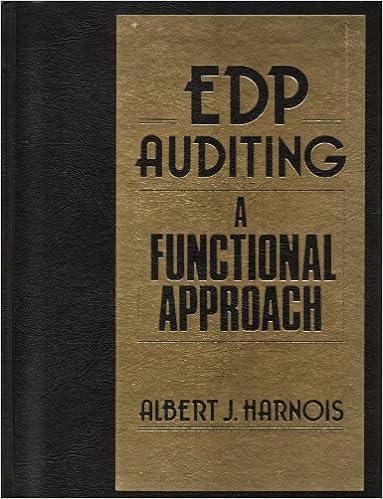Answered step by step
Verified Expert Solution
Question
1 Approved Answer
calculate the following ratios for Year 3 and Year 4. Since Year 2 numbers are not presented do not use averages when calculating the ratios




calculate the following ratios for Year 3 and Year 4. Since Year 2 numbers are not presented do not use averages when calculating the ratios for Year 3. Instead, use the nukber presented on the Year 3 balance sheet
Year 4 Year 3 Revenues $211,800 $175,780 5,5e0 220,880 181,280 Net sales Other revenues 9,8665588 Total revenues Expenses Cost of goods sold Selling expenses General and administrative expenses Interest expense Income tax expense 125,480 182,780 17,300 8,280 2,800 21,888 16,600 177,780 147,68e 19,38e 9,280 2,800 Total expenses Net income Assets Current assets 43,180 33,6e0 $ 5,900 8,ee0 2,700 35,780 31,9ee 95,180 4,e00 150,e00 141,7e0 105,480 105,48e 20,900e Cash Marketable securities Accounts receivable Inventories Prepaid expenses 2,780 1ee, 780 5,000 Total current assets Plant and equipment (net) Intangibles Total assets Liabilities and Stockholders' Equity Liabilities $276,309 $247,10e Current liabilities Accounts payable Other 39,680 54,400 15,480 5.4 16, 55, ee80586 64, 300 Total current liabilities Bonds payable Total liabilities 7e,900 65,300 119,300 136,280 Stockholders' equity Common stock (48,000 shares) Retained earnings 114,100 114,180 42,908 (3,208) 157,0110,98e Total stockholders' equity Total liabilities and stockholders' equity $276,380 $247,180 a. Net margin. (Round your answers to 2 decimal places.) b. Return on investment. (Round your answers to 2 decimal places.) c. Return on equity. (Round your answers to 2 decimal places) d. Earnings per share. (Round your answers to 2 decimal places.) e. Price-earnings ratio (marke calculations and final answers to 2 decimal places.) f. Book value per share of common stock. (Round your answers to 2 decimal places.) g. Times interest earned. Exclude extraordinary income in the calculation as they cannot be expected to recur and, therefore, will not et prices at the end of Year 3 and Year 4 were $611 and $4.87, respectively). (Round your intermediate be available to satisfy future interest payments. (Round your answers to 2 decimal places.) h. Working capital. i. Current ratio. (Round your answers to 2 decimal places.) j. Quick (acid-test) ratio. (Round your answers to 2 decimal places.) k. Accounts receivable turnover. (Round your answers to 2 decimal places.) i. Inventory turnover. (Round your answers to 2 decimal places.) m. Debt-to-equity ratio. (Round your answers to 2 decimal places.) n. Debt-to-assets ratio. (Round your answers to the nearest whole percent.) Year 3 Year 4 a. Net margin b. Return on investment c. Return on equity d. Earnings per share e. Price-earnings ratio f. Book value g Interest earned h. Working capital times times times times i Current ratio Quick (acid-test) ratio K. Accounts receivable turnover I. Inventory turnover m. Debt-to-equity ratio n. Debt-to-assets ratic times times times times Required Colculate the following ratios for Year 3 and Year 4. Since Year 2 numbers are not presented do not use averages when calculating the ratios for Year 3. Instead, use the number presented on the Year 3 balance sheet Step by Step Solution
There are 3 Steps involved in it
Step: 1

Get Instant Access to Expert-Tailored Solutions
See step-by-step solutions with expert insights and AI powered tools for academic success
Step: 2

Step: 3

Ace Your Homework with AI
Get the answers you need in no time with our AI-driven, step-by-step assistance
Get Started


